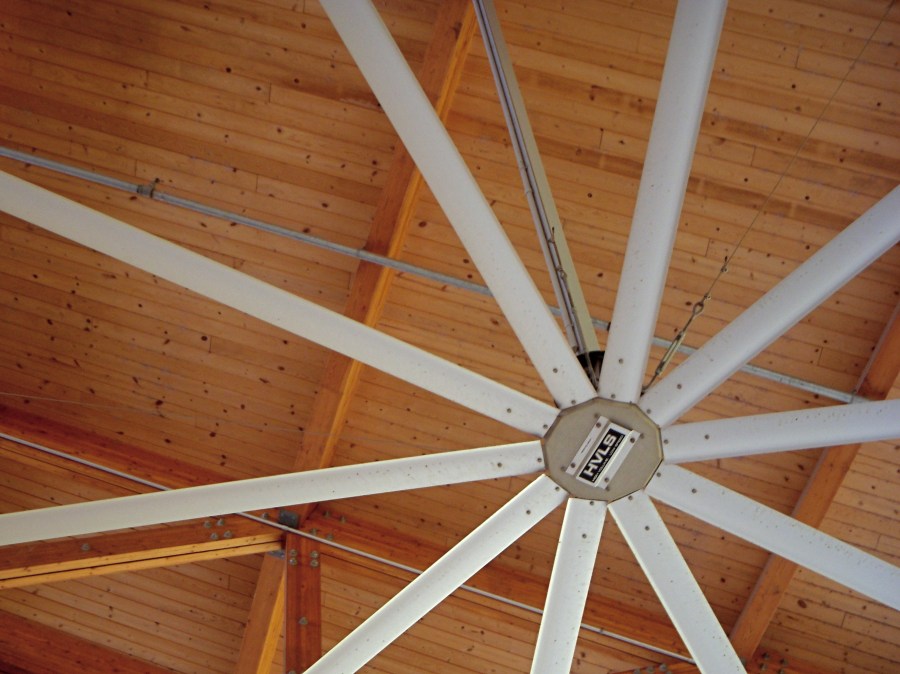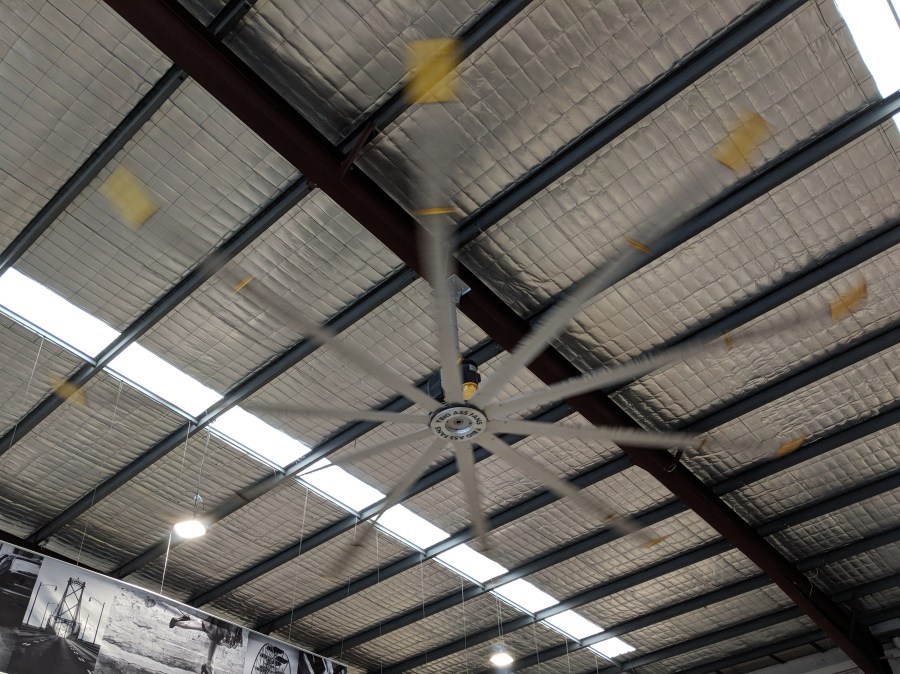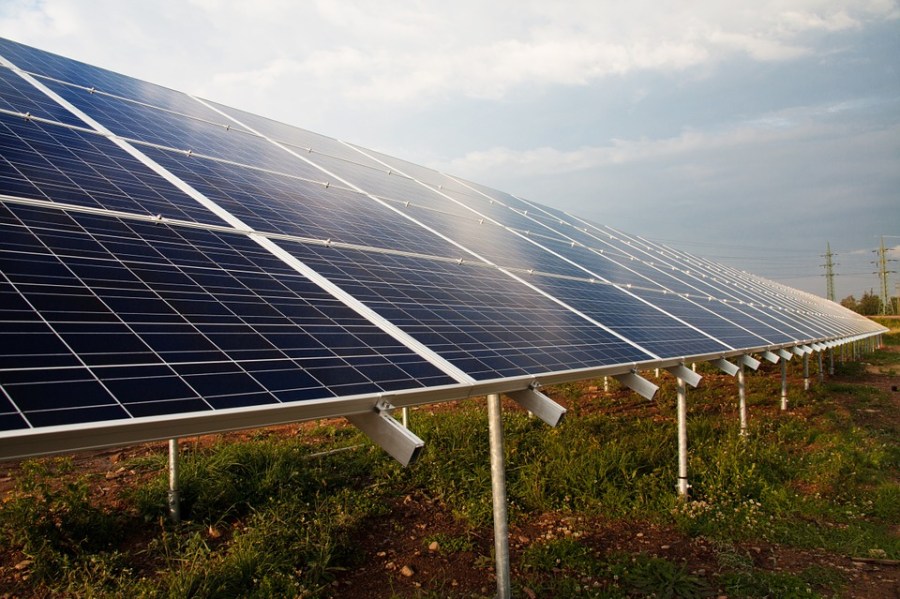What Does an Ionizer Do on a Fan

Fan Size of it
High-volume low-speed (HVLS) fans are an ideal eccentric of fan to minimal brain dysfunction to an industrial space. They're able to move large amounts of air, making them desirable for warehouses, retail spaces, restaurants and past voluminous, open areas. They besides help your air conditioning system work more expeditiously, saving money while keeping the air cool altogether year long.
HVLS fans go in a wide range of sizes, often adequate 24 feet in diam. It's all-important to determine the right size before selecting any other options. Large spaces require larger fans, so a 24-foot fan can constitute optimal in large warehouses and distribution centers. However, fans with little diameters work to circle zephyr in targeted areas, such as to heat, cool or ventilate a factory area where people work. The smallest size for an HVLS fan is about eight feet in diameter, but IT can circulate strain in nearly 3,000 square feet of space.
Noise levels are cardinal to moot when selecting the right HVLS fan for your space. A fan running at a lower speed doesn't make as much noise atomic number 3 a fan in operation at a higher speed. Smaller fans have to go under faster to be as effective at moving air, and the roar of a fan functioning harder and spinning the blades faster can make it hard to hear in the space.

If you're installment the fan in an progressive blank with a lot of machinery and equipment, and so racket levels power not be a concern. However, if you're installing it in a station where you're often interacting with clients or customers, be sure to check the decibel rating on the fan before making a purchase. HVLS fans typically have a decibel rating 'tween 50 and 60 dBa, which is around the same level of fallible speech, according to The Construction Specifier.
Devotee Spacing
When determining the size and type of HVLS fan to buy for your industrial space, consider how you purpose the space you said it you'll place the fans in relation to one another.
In high-dealings areas, place the fans close together on the path that people travelling. This delivers direct airflow to the people working beneath and then that the temperature feels cooler arsenic they work. In doing so, the fans pass around and concentrate the air where you need it rather than trying to circularize air passim the entire space.
If you have a large piece of equipment in the nitty-gritty of the industrial space, consider placing one lover directly over it. This pushes the air down against the equipment, which causes the air to flow outward into the rest of the quad and dissipate heat. Withal, if you have various pieces of equipment running in a storage warehouse, you may be better off placing smaller fans between each HVLS fan. By analyzing your space, you can choose the size and come of fans necessary to move over the air more efficiently.
Energy Consumption
HVLS fans preceptor't expend equally very much energy atomic number 3 little fans in the said blank because they don't need to work as hard to move air. Yet, if you make multiple fans in your industrial space Oregon induce to leave them running perpetually, the energy consumption adds up. Proper spacing and initiation are key in maximising efficiency and minimizing energy losses. American Samoa a result, you may experience lower operating costs.

Star-powered HVLS fans may take in to a higher place-front costs, just they operate on on the sun's vim rather than electricity. Solar panels installed on the roof of your construction cod the vigor from the sun and power the fans. They have battery backups to store DOE during sunny days to manipulation at dark or on cloudy days when sunshine levels are low.
HVLS fans are ideal for circulating ventilate in an heavy-duty space. Opting for star power gives you the added bonus of lowering overall costs and using green vigor to benefit the environment, too.
What Does an Ionizer Do on a Fan
Source: https://www.smarter.com/article/choosing-industrial-hvls-fan?utm_content=params%3Ao%3D740011%26ad%3DdirN%26qo%3DserpIndex
